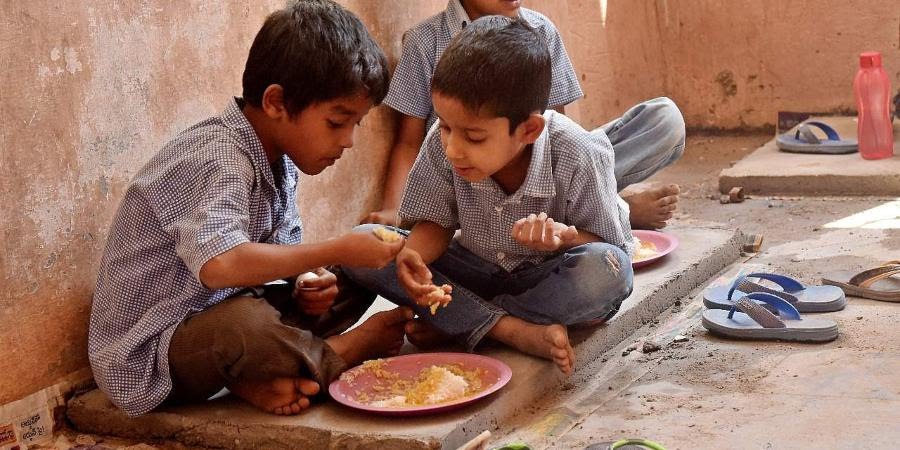
India has been ranked 105th out of 127 countries in the 2024 Global Hunger Index (GHI), positioning it among countries grappling with ‘serious’ hunger issues. The GHI, jointly published by ‘Concern Worldwide’ and ‘Welthungerhilfe’, tracks hunger levels globally, focusing on areas where immediate attention is required. India’s score of 27.3 in the report reflects the ongoing severity of hunger in the nation.
The report indicates that India continues to lag behind its neighbors, with Sri Lanka, Nepal, Myanmar, and Bangladesh ranking higher in the index. On the positive side, India ranks above Pakistan and Afghanistan in the South Asian region.
Hunger Levels and Child Malnutrition
India’s 2024 GHI score shows a slight improvement from its 2016 score of 29.3, yet the country remains in the ‘serious’ category. While this is progress from earlier scores of 38.4 in 2000 and 35.2 in 2008, when India faced ‘alarming’ levels of hunger, the current situation remains troubling, especially regarding child malnutrition.
India continues to grapple with the highest child wasting rate in the world at 18.7%, which refers to children with low weight for their height, a key indicator of acute malnutrition. Additionally, the child stunting rate, which reflects chronic malnutrition, stands at 35.5%, indicating a significant portion of India’s children are underdeveloped for their age. Other indicators, such as the under-five mortality rate at 2.9%, and a 13.7% prevalence of undernourishment in the population, highlight the country’s ongoing public health challenges.
Regional and Global Comparisons
While India has made progress in reducing its child mortality rate since 2000, the persistence of high levels of child malnutrition shows that more efforts are needed to tackle these issues effectively. India’s neighboring countries have shown better outcomes in the GHI, with Sri Lanka, Nepal, and Bangladesh all ranking higher. This gap in performance raises concerns about the effectiveness of current policies and interventions aimed at addressing hunger and malnutrition.
Globally, the 2024 GHI report underscores that progress in reducing hunger has stagnated since 2016. Of the 127 countries assessed, 42 are still experiencing ‘alarming’ or ‘serious’ levels of hunger, making the goal of achieving Zero Hunger by 2030 increasingly difficult.
Link to Climate Change and Gender Inequality
The report also draws attention to the connections between hunger, climate change, and gender inequality. It highlights how gender-based violence and discriminatory norms disproportionately affect women, sexual, and gender minorities, placing them at greater risk of food and nutrition insecurity. These factors, along with the growing impact of climate change, continue to exacerbate the challenges of hunger, especially for vulnerable groups.
In conclusion, while India has made strides in reducing hunger over the past two decades, its position in the 2024 Global Hunger Index reflects that significant challenges remain. Addressing child malnutrition and tackling the broader impacts of hunger will require coordinated efforts, especially in the context of climate change and gender inequality.
